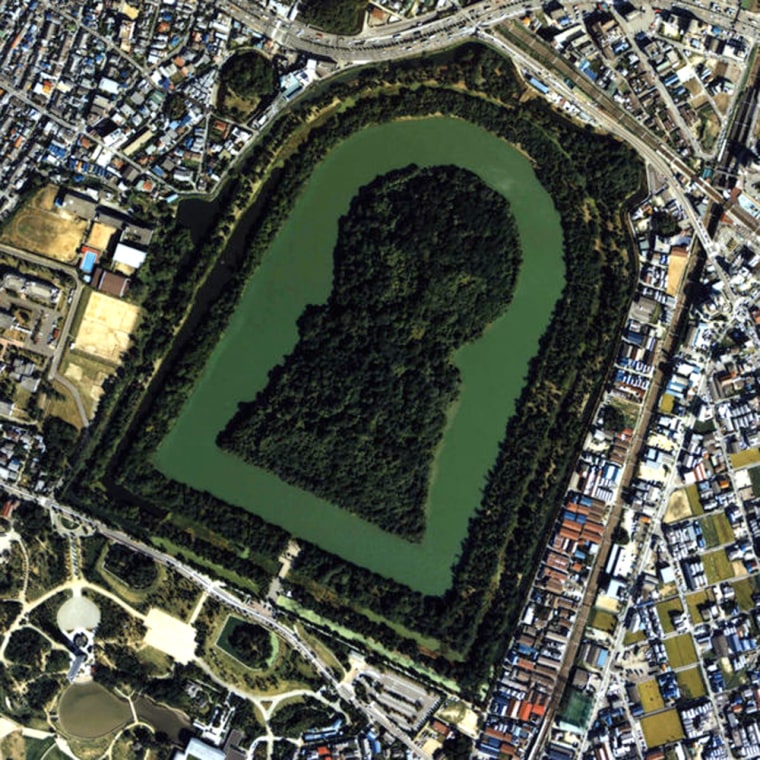Japan is allowing researchers to study 11 royal tombs, the graves of ancient emperors, sealed centuries ago, in a move that may shed light on the myth-shrouded origins of Japan's imperial family, according to a news report.
The secretive Imperial Household Agency has until now refused to let the public, and even scholars, enter the old tombs, saying the spirits of past emperors should not be disturbed.
But after a petition by the Japanese Archaeological Association and other scholars in 2005, the government has agreed to grant them limited access to the graves, according to a report in the mass-circulation daily, Yomiuri Shimbun.
A small number of researchers will be allowed to enter only the outer fringes of the tombs, and will not be allowed to excavate, the Yomiuri said, citing the association.
Archaeologists say inspecting the tombs could shed light on the origins of the country's imperial family, the world's oldest surviving line — a sensitive topic in Japan, where until 60 years ago the emperor was worshipped as the descendant of an ancient goddess.
The late Emperor Hirohito broke with that tradition by renouncing his divine status in 1945, after Japan's defeat in World War II.
But the myth that Japan's 125 emperors descended from the sun goddess Amaterasu Omikami of Japan's native Shinto religion still holds sway among rightists.
Suggestions by some scholars that the imperial line originated elsewhere — for example, on the Korean peninsula — have been attacked as an insult to the Japanese people.
The tombs to be opened up include one for the Emperor Nintoku, who is thought to have died in the late fourth or early fifth century. Calls to the Imperial Household Agency went unanswered Wednesday, a national holiday.
